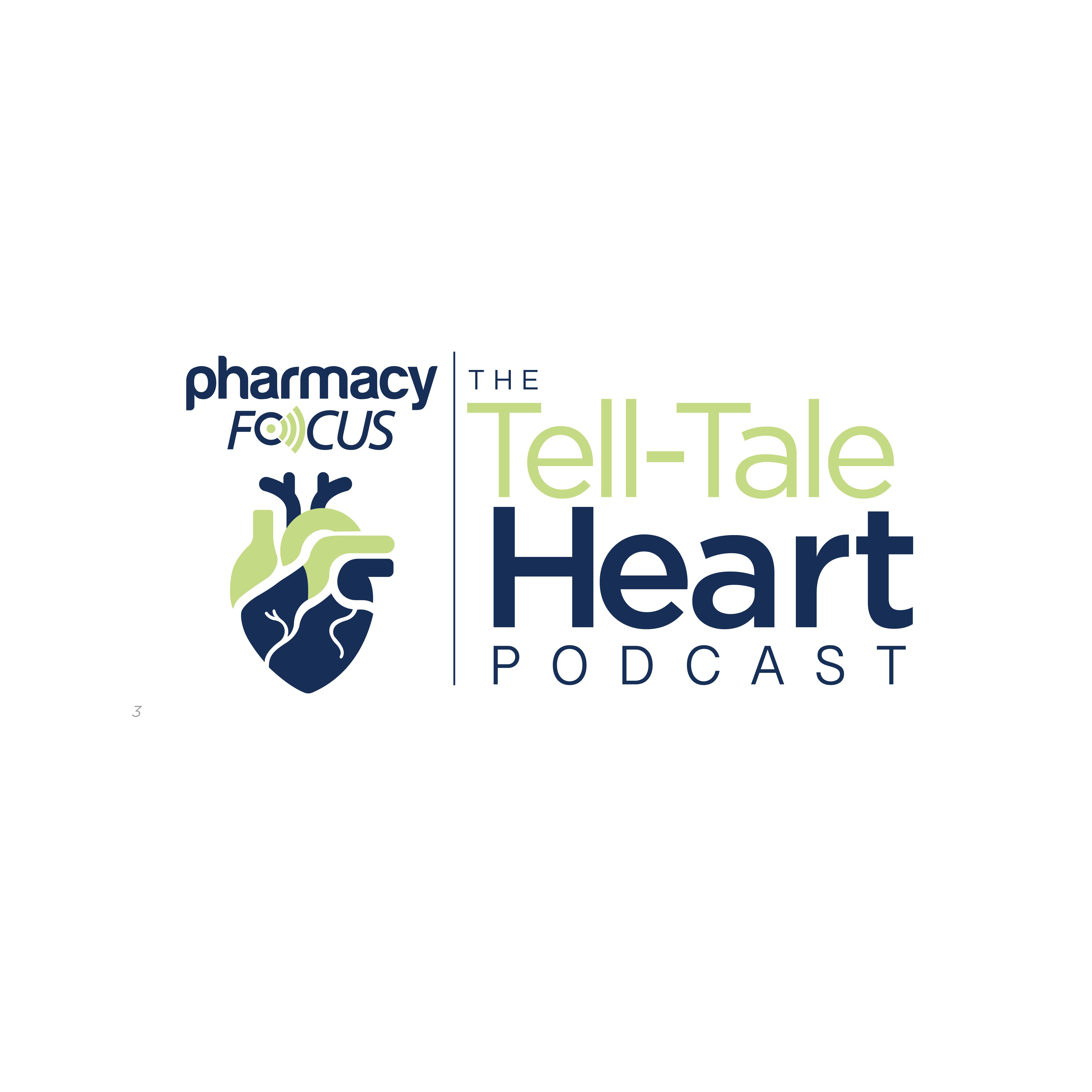
News
Article
Implementation of Supply-Related Restrictive Measures Reduces IVIG Use
Author(s):
Key Takeaways
- A 23% reduction in IVIG use was observed post-implementation of restrictive measures, with a notable decrease in unrecommended orders.
- The study found a significant reduction in IVIG dosages above recommendations, from 20.8% to 3.9%.
- Standardized order forms and a stewardship committee effectively reduced excessive and unrecommended IVIG orders.
- The study underscores the need for further research to assess the impact of individual interventions on IVIG use.
Efforts include a mandatory intravenous immunoglobulin ordering form, blood bank gatekeeping, and a stewardship committee to ensure optimized use.
A global reduction in the use of intravenous immunoglobulin (IVIG), along with a preferential decrease in unrecommended orders of IVIG, was observed in a retrospective study, likely due to the implementation of restrictive measures in response to supply chain difficulties, according to results published in Transfusion.1
Adherence to intravenous immunoglobulin guidelines is important not only for maintaining supply of the therapy, but ensuring patients are treated with appropriate amounts for their indication. | Image Credit: Felipe Caparrós | stock.adobe.com

Shortages of IVIG represent an emerging problem in transfusion medicine. IVIG is often scarcely available, though consumption of the treatment continues to rise as more indications are approved for its use and off-label utilization continues. One trial of IVIG use in British Columbia and Alberta found that 28.1% of treatment utilization was inappropriate, and 17.4% were of uncertain benefit.2
Issues with IVIG supply were exacerbated with the COVID-19 pandemic, with drastic price inflation and threats of shortages abound. Considering this, how IVIG use can be optimized for patients while ensuring a supply is maintained has attracted increased interest.1
Some interventions, such as the utilization of standardized order forms or educational sessions, have demonstrated encouraging results. However, a meta-analysis conducted to evaluate their efficacy only included 3 trials, which led the authors to conclude that more research is required to more accurately document the impact of institutional measures on IVIG orders. The present study assessed and compared IVIG use before and after regulatory strategies to optimize its use were implemented.1,3
The retrospective study was conducted at an academic tertiary care hospital in Montreal. All IVIG infusions from November 2018 to September 2022 were analyzed. This period correlates with the publishing of several guidelines in Quebec regarding IVIG use in neurology, hematology, immunology, and other fields. Guidelines characterized IVIG indications as “recommended,” “option of treatment,” “insufficient data,” or “unrecommended.”1
A total of 5431 infusions of IVIG were administered to 544 in the analysis period. Mainly, IVIG was used in neurology, immunology, and hematology indications. There was a 23.0% global reduction in IVIG use during the post-implementation phase compared with the reference phase. This included an increase in IVIG administered within the recommended dose category. Notably, a reduction was observed in the categories of “option of treatment” and “unrecommended.”1
In the reference phase, 9.5% of IVIG administrations were considered “unrecommended” per guidelines, and only 7.4% in the post-implementation phase were considered such as with a reduction of 2.1%. Furthermore, the proportion of orders with dosages above recommendations was lower in the post-implementation phase (3.9%) compared with the reference phase (20.8%), and there was a downward trend evident in monthly IVIG use.1
The study authors noted that these reductions occurred without a significant effect on the recommended dose received by patients. It was difficult for the investigators to evaluate the impact of individual measures on this reduction, mainly due to the bundle of interventions implemented and the retrospective nature of the trial.1
Mandatory use of standardized forms could be effectively and speedily implemented, with rapid potential gains, according to the investigators. Each IVIG order was reviewed and approved by a blood bank, while a stewardship committee provided expertise across specialties regarding IVIG use for off-label indications. The approach effectively reduced the number of excessive IVIG dosages and unrecommended IVIG orders, as also detailed by previous literature, including Feasby et al.1,2
“While nonrestrictive measures initially led to a modest reduction, the implementation of restrictive measures resulted in a more substantial and sustained decrease in IVIG use,” the study authors concluded. “The study confirms the effectiveness of these methods, though the magnitude of the impact depends on the initial level of ordering appropriateness.”1
REFERENCES
1. Champagne J, Desilets A, Roy G, et al. The impact of institutional measures on optimal use of intravenous immunoglobulin. Transfusion. Published online October 17, 2024. doi:10.1111/trf.18031
2. Feasby TE, Quan H, Tubman M, et al. Appropriateness of the use of intravenous immune globulin before and after the introduction of a utilization control program. Open Medicine. 2012;6(1):e28-e34. PMCID: PMC3329117. PMID: 22567080.
3. Diep C, Shih AW, Jamula E, et al. Impact of organizational interventions on reducing inappropriate intravenous immunoglobulin (IVIG) usage: A systematic review and meta-analysis. 2018;57(2):215-221. doi:10.1016/j.transci.2018.01.008
Newsletter
Stay informed on drug updates, treatment guidelines, and pharmacy practice trends—subscribe to Pharmacy Times for weekly clinical insights.
2 Commerce Drive
Cranbury, NJ 08512
All rights reserved.





